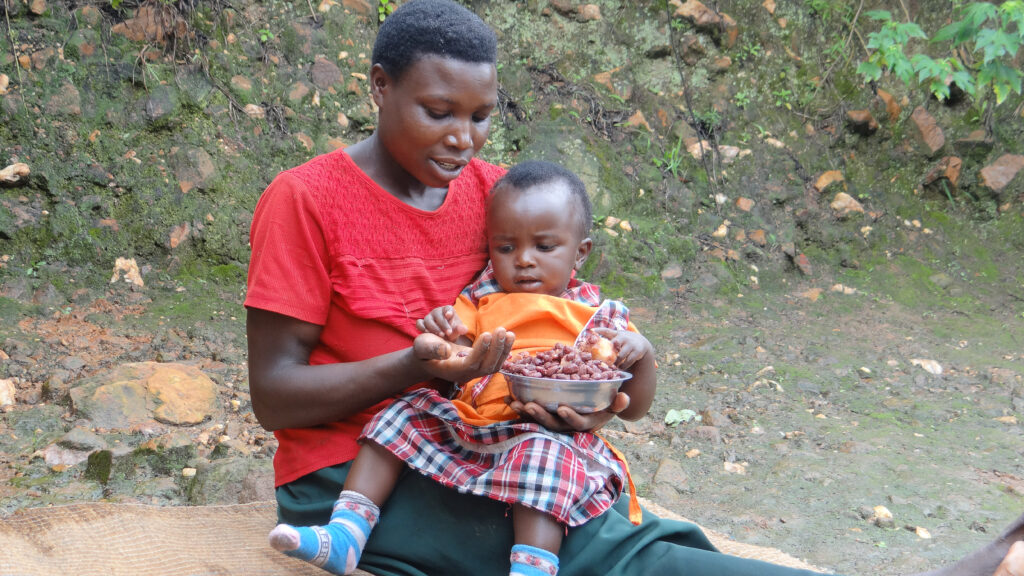The success of biofortification hinges on whether farmers embrace the nutritious crops and people actually consume them. For HarvestPlus and partners involved in promoting this relatively new strategy to address hidden hunger, four recent studies focused on consumer acceptance validate the strong optimism.
The studies present findings from India, Nigeria, and Rwanda, where biofortified crops (iron pearl millet, vitamin A cassava, and iron beans, respectively) have been released and are available to consumers. According to the findings, consumers in these countries do, indeed, like foods made with biofortified crops. Moreover, in some cases consumers like biofortified foods even when they have not been given information on the nutritional benefits of these foods.
These positive consumer acceptance findings are based on assessments of how willing consumers in the three countries are to pay for biofortified crops, and how they rate the sensory features of foods made from these crops.
The studies are important for proving the acceptability of both vitamin A-biofortified crops—which change color and some other features due to their beta-carotene content—and for iron-biofortified crops—which don’t undergo any visible changes and, hence, may not be considered as more nutritious than their conventional counterparts.
It is clear, according to the studies, that consumer preferences differ by crop, as well as between—and, sometimes, within—countries. The papers also analyze the role of marketing levers, such as frequency and channels of messaging, endorsement by public officials, and certification by local and international health authorities. They provide information that can inform the design of strategies to strengthen the adoption and consumption of biofortified crops.
Next up, researchers will study the consumer acceptance of zinc-biofortified crops, starting with zinc rice in Bangladesh this year.
You may read and download the individual papers below, or a synthesis.
*The author is a Research Fellow at HarvestPlus
